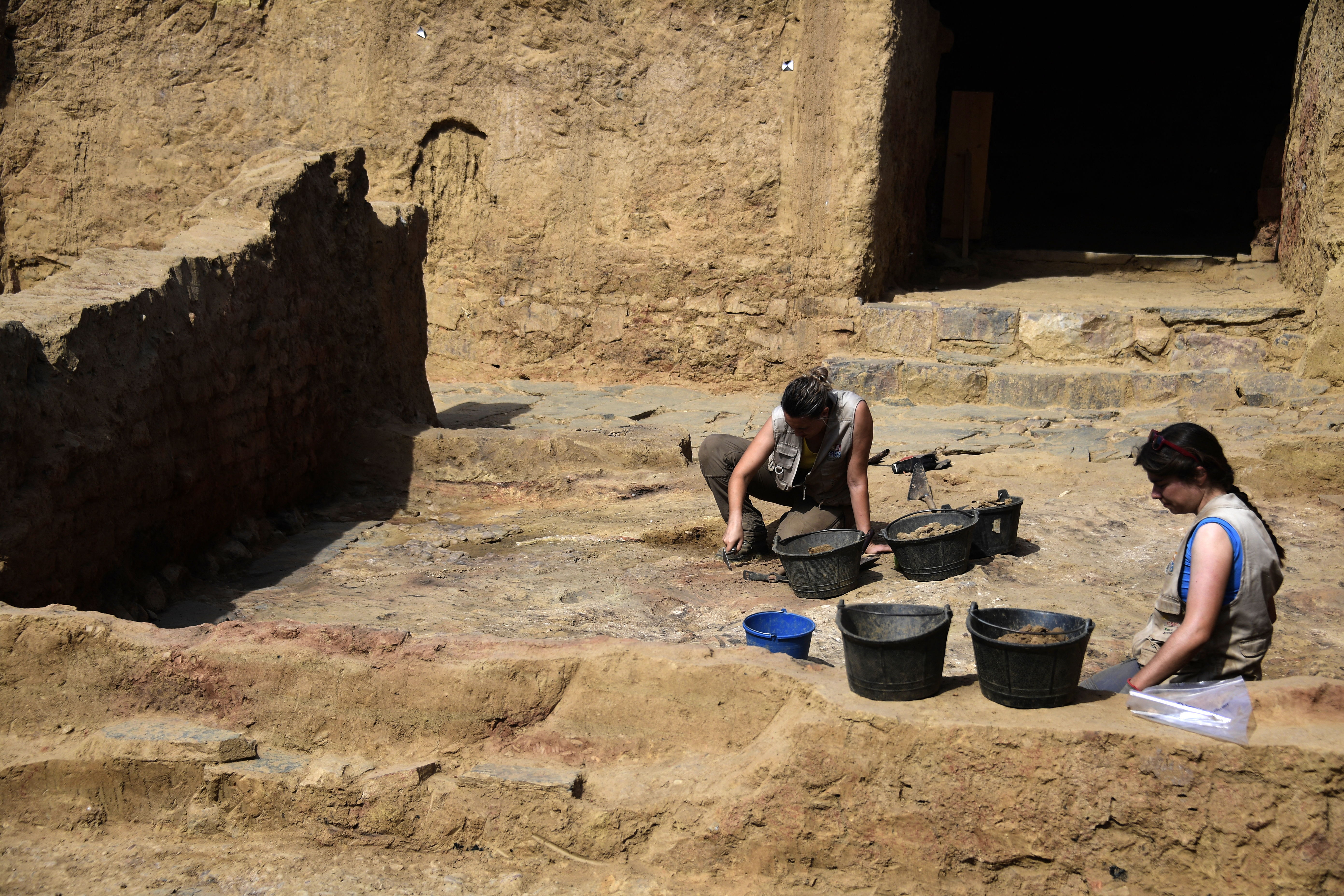UCLouvain archaeologists discover traces of 4th-century wine in Tuscany

Archaeologists from UCLouvain made a significant discovery in Tuscany, central Italy, this summer. During excavations at the Roman villa of Aiano in San Gimignano, they unearthed a cellar containing around 60 jars and two decanting basins, providing compelling evidence of large-scale wine production dating back to the 4th century.
UCLouvain has been conducting excavations at this site since 2005, unearthing a Roman villa that dates from the 4th to the 7th century AD, strategically located at a crossroads between Siena and Florence. Under the leadership of archaeology professor Marco Cavalieri, the team has uncovered more than 4,000 square metres of the site, with an estimated total area of 10,000 to 15,000 square metres yet to be explored.
This summer’s efforts were concentrated on the villa’s extensive wine cellar, the site where wine was both produced and stored. The team discovered around thirty large jars, which had been used for storing wine. Given their arrangement and the size of the cellar, researchers estimate that there were at least fifty jars organised in rows. This substantial quantity suggests that the villa was engaged in large-scale wine production, likely far beyond just local consumption or personal use. Additionally, two decantation basins were found in the cellar, further supporting this conclusion.
UCLouvain emphasised the importance of this find, stating, "The discovery of this cellar and traces of large-scale wine production shed light on the economic raison d'être of the Roman villa of Aiano at the end of Antiquity, which was entirely focused on viticulture." The university also highlighted the significance of the site, describing it as one of the "most important Roman villas of late Antiquity in Central Italy."
©PHOTO CRISTINA QUICLER / AFP
Related news

